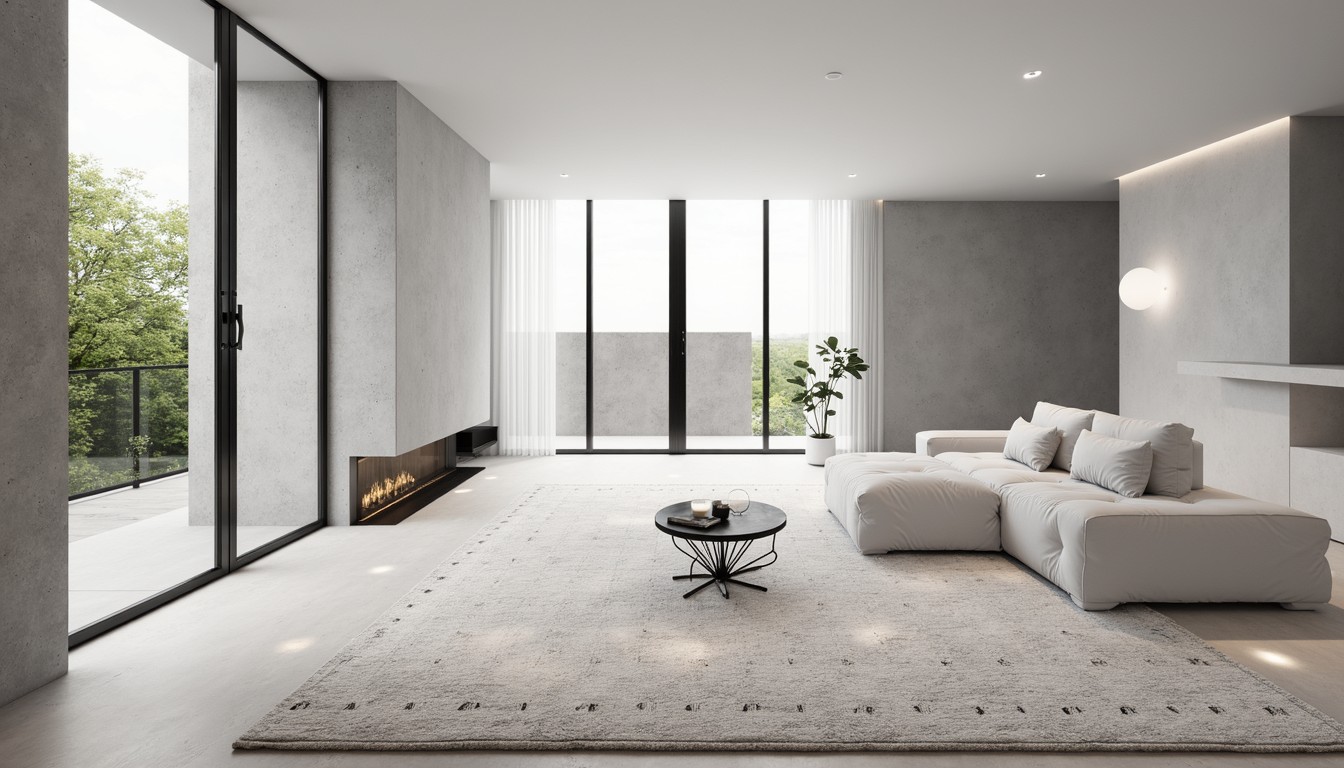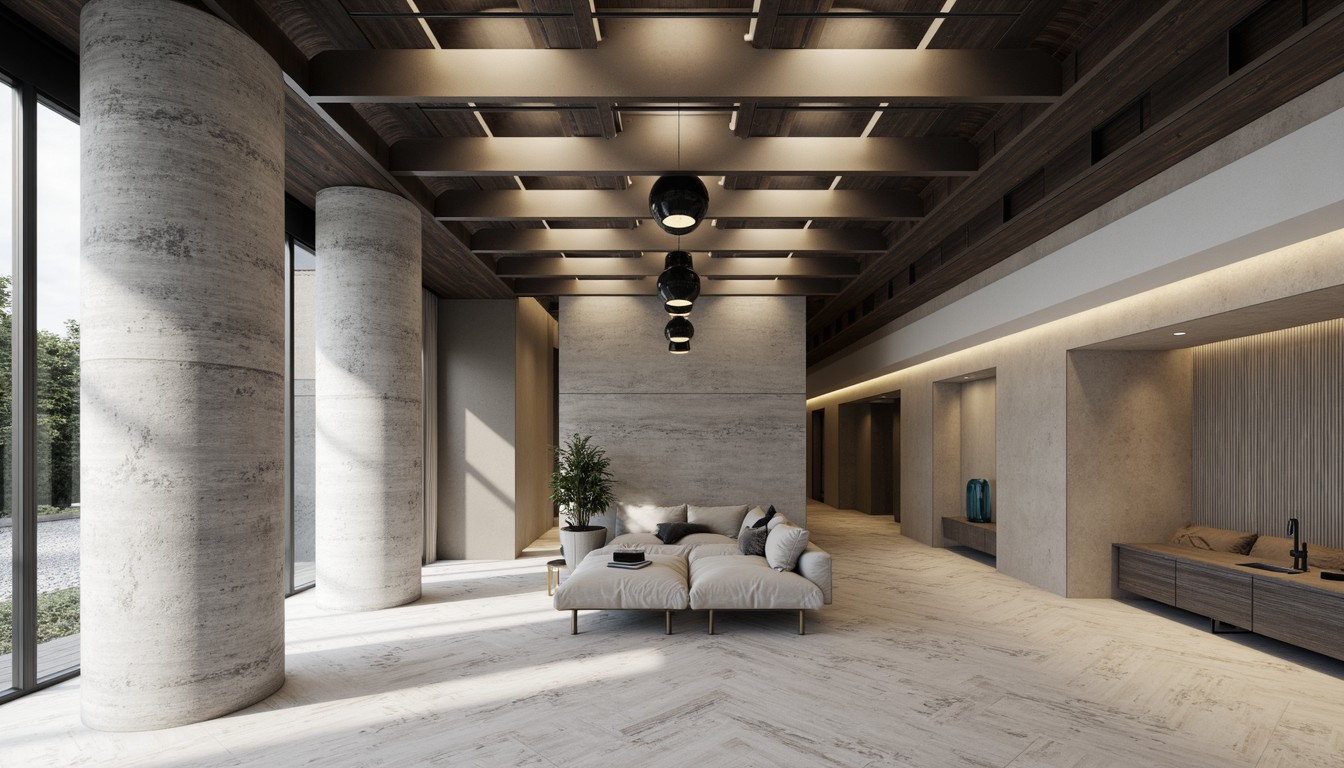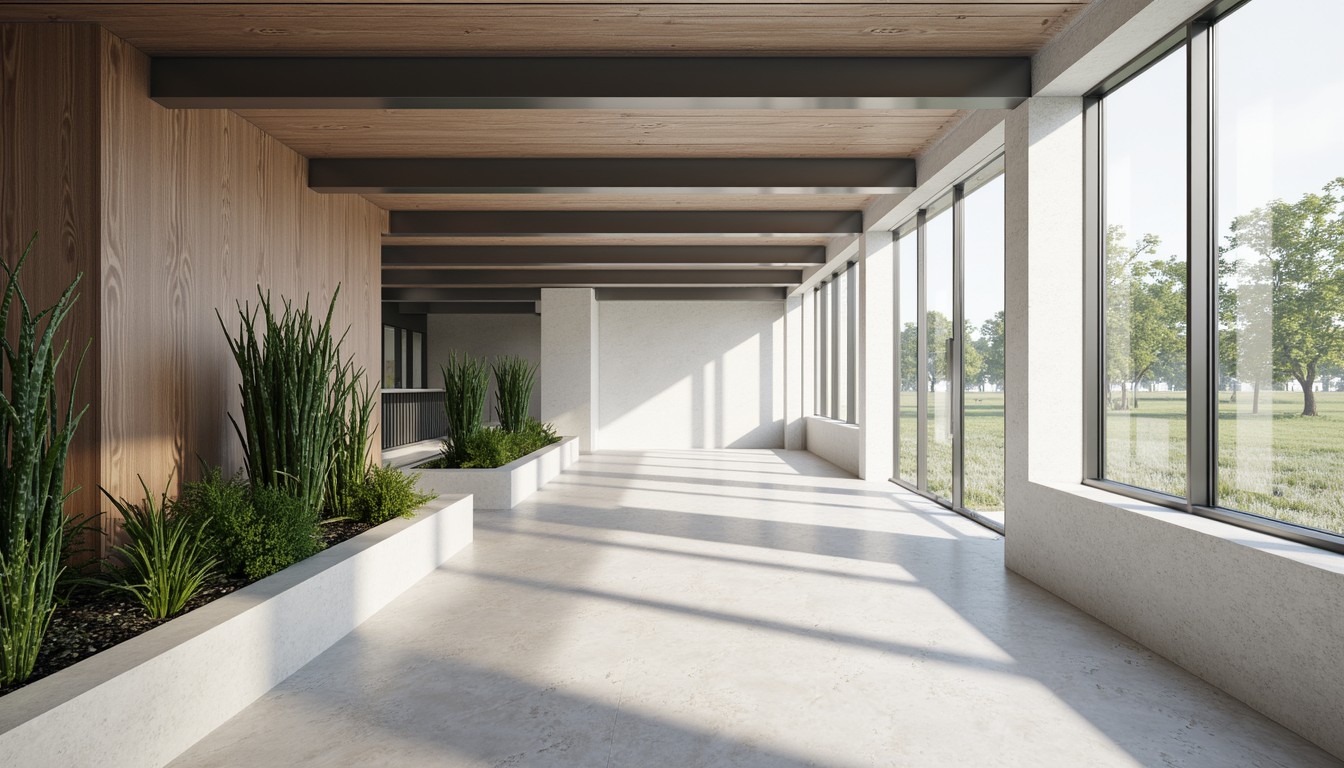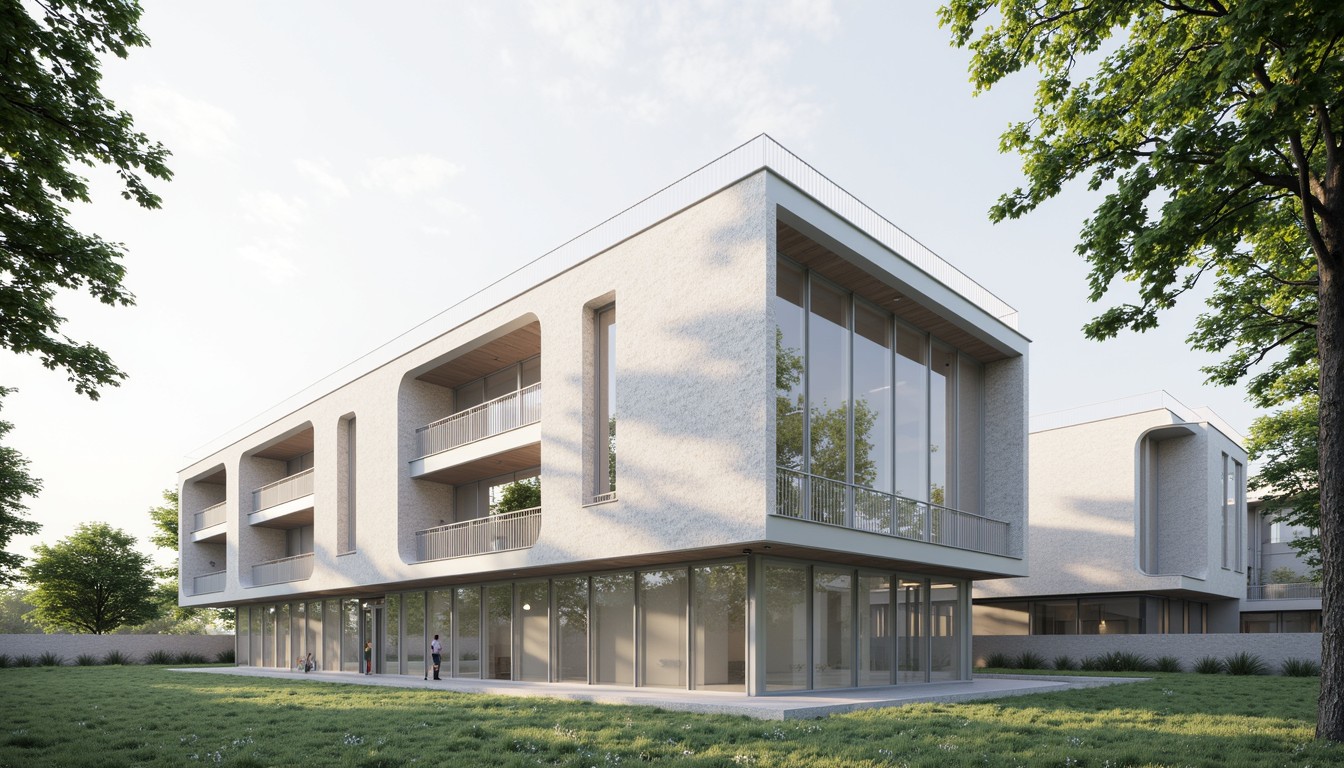3D Printing in Construction: Building the Future
The construction industry, traditionally slow to adopt new technologies, is undergoing a dramatic transformation. At the forefront of this revolution is 3D printing, a technology that's rapidly moving from the realm of science fiction to the reality of building sites worldwide. This innovative approach promises to reshape how we design, build, and inhabit our structures, offering unprecedented levels of efficiency, sustainability, and creative freedom.
What is 3D Printing in Construction?

3D printing in construction, also known as additive manufacturing, uses specialized machines to deposit layers of material, typically concrete, to create three-dimensional structures. Unlike traditional construction methods that rely on formwork and repetitive tasks, 3D printing builds structures layer by layer, directly from a digital design. This process allows for complex geometries and customized designs that would be impossible or prohibitively expensive with conventional techniques.
Types of 3D Printing Technologies in Construction
Several 3D printing techniques are employed in the construction industry, each with its own strengths and limitations:
- Extrusion-based 3D printing: This method uses a nozzle to extrude a viscous material, like concrete or specialized polymers, layer by layer, building the structure from the ground up. It's suitable for creating walls, facades, and other large-scale elements.
- Binder jetting: This process uses a binder to selectively bind particles of material, such as sand or cement, creating a solid structure. It's often used for creating complex shapes and internal structures.
- Vat polymerization: This technique involves using UV light to cure liquid resin in a vat, layer by layer. While less common in large-scale construction, it's useful for creating intricate details and customized components.
Advantages of 3D Printed Construction

The advantages of 3D printing in construction are numerous and compelling:
- Increased speed and efficiency: 3D printing significantly reduces construction time, streamlining the process and accelerating project completion.
- Reduced labor costs: Automation minimizes the need for manual labor, lowering overall costs and reducing the risk of human error.
- Enhanced design freedom: 3D printing allows for the creation of complex, customized designs that are impossible with traditional methods, unlocking new architectural possibilities.
- Sustainable construction: 3D printing can reduce material waste and optimize material usage, contributing to more sustainable building practices. The use of recycled and locally sourced materials is also facilitated.
- Improved precision and accuracy: The automated nature of 3D printing ensures high precision and accuracy, minimizing errors and inconsistencies.
- On-site construction: 3D printing can be done directly on the construction site, reducing transportation costs and logistics complexities.
Real-world Applications of 3D Printed Construction
3D printing is already transforming the construction landscape. From small-scale projects to large-scale infrastructure, its applications are diverse and expanding rapidly:
- Residential buildings: Entire houses and apartment complexes are being 3D printed, demonstrating the technology's potential for affordable and rapid housing solutions.
- Commercial buildings: Offices, retail spaces, and other commercial structures are increasingly incorporating 3D printed elements, showcasing its versatility and scalability.
- Infrastructure projects: Bridges, retaining walls, and other infrastructure components are being 3D printed, highlighting its potential for efficient and durable construction.
- Disaster relief: 3D printing offers a rapid and efficient solution for constructing temporary shelters and other essential infrastructure in disaster-stricken areas.
Challenges and Limitations
Despite its potential, 3D printing in construction faces several challenges:
- Material limitations: The range of printable materials is still limited, and research is ongoing to develop new materials with improved strength, durability, and sustainability.
- Scalability and cost: The initial investment in 3D printing equipment can be substantial, and scaling up operations to meet large-scale project demands requires careful planning and investment.
- Regulatory hurdles: Building codes and regulations may need to be updated to accommodate the unique characteristics of 3D printed structures.
- Skill gap: A skilled workforce is needed to operate and maintain 3D printing equipment and to integrate this technology into existing construction workflows.
The Future of 3D Printing in Construction

The future of 3D printing in construction is bright. As technology continues to evolve, we can expect to see even more innovative applications, improved materials, and increased efficiency. The integration of artificial intelligence, robotics, and advanced materials will further enhance the capabilities of 3D printing, leading to even more sustainable, affordable, and innovative buildings.
ArchNav: Visualizing the Future of Construction
At ArchNav, we understand the transformative potential of 3D printing in construction. Our expertise in architectural visualization allows us to create stunning and realistic renderings of 3D printed structures, helping architects, engineers, and developers to visualize their projects and communicate their vision effectively. We leverage cutting-edge technology to provide clients with unparalleled insights into the design and construction process, ensuring that their projects are not only innovative but also successful. Contact ArchNav today to learn how we can help you visualize the future of your construction projects.
